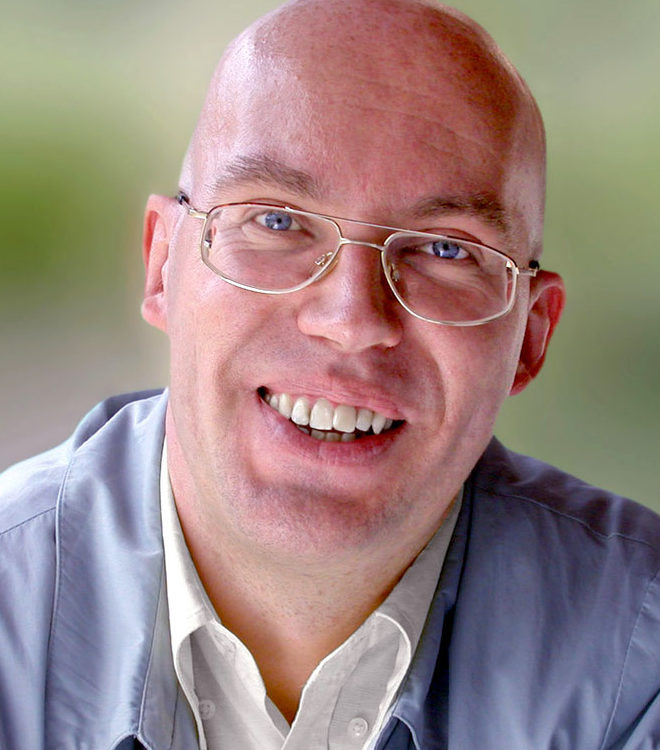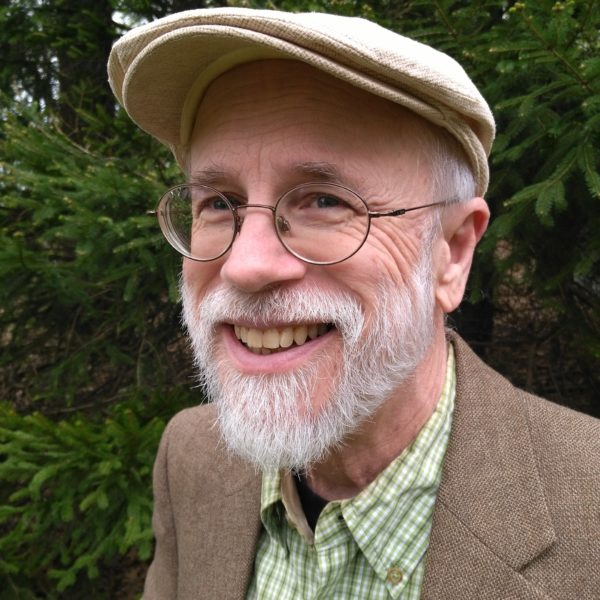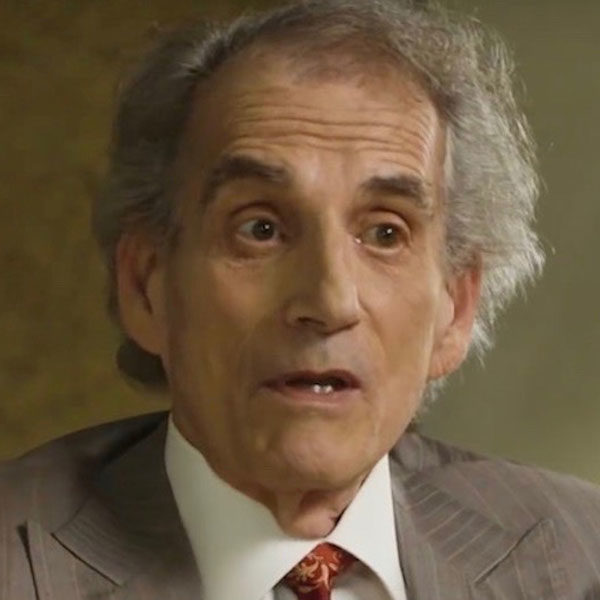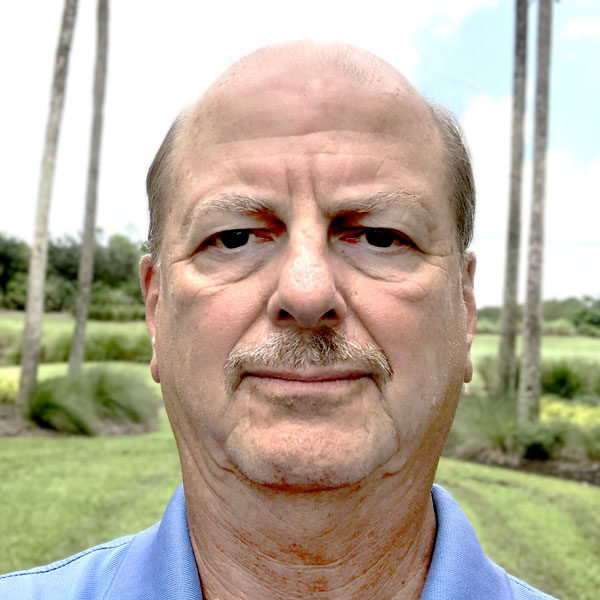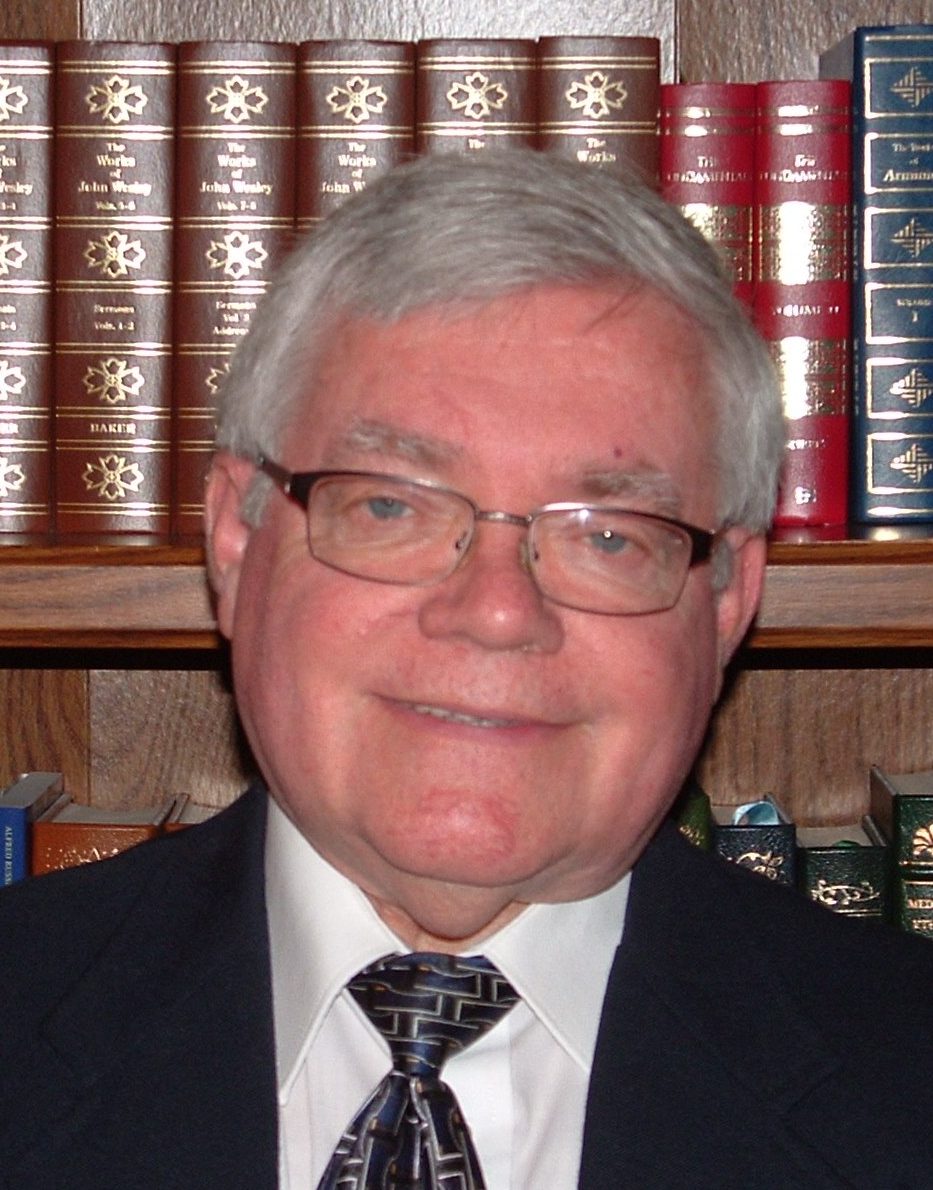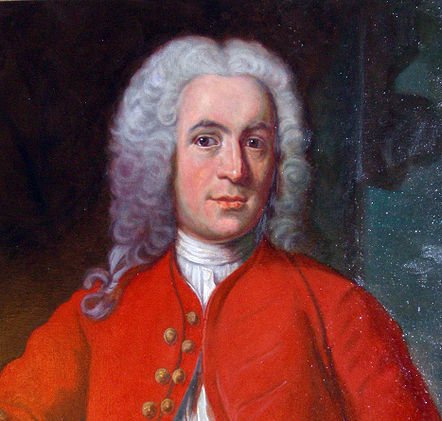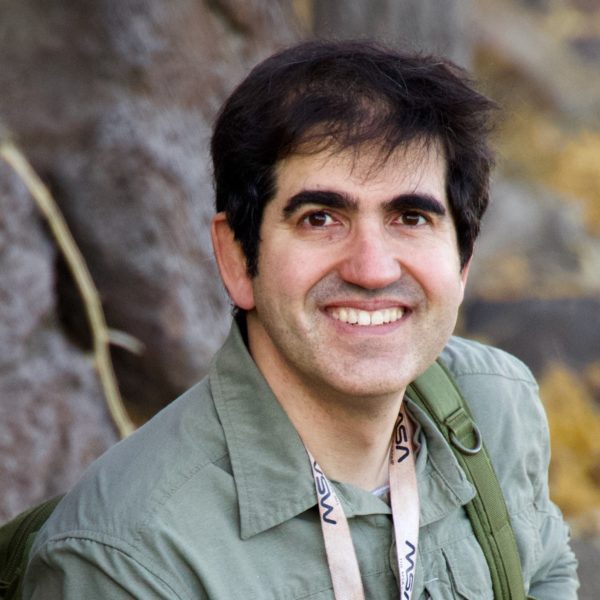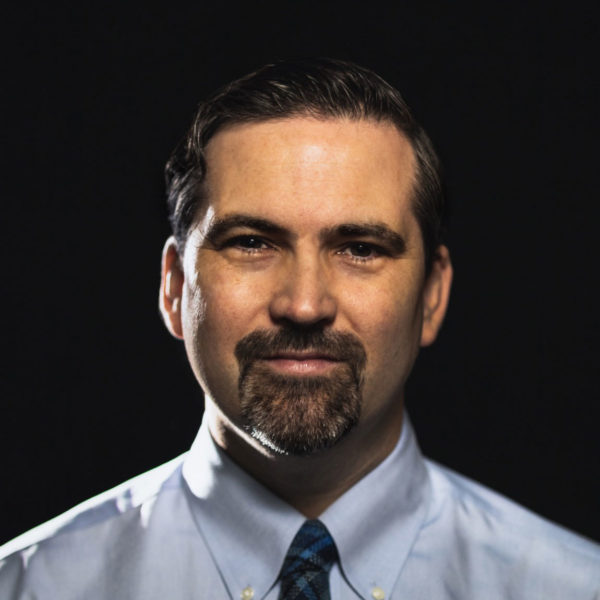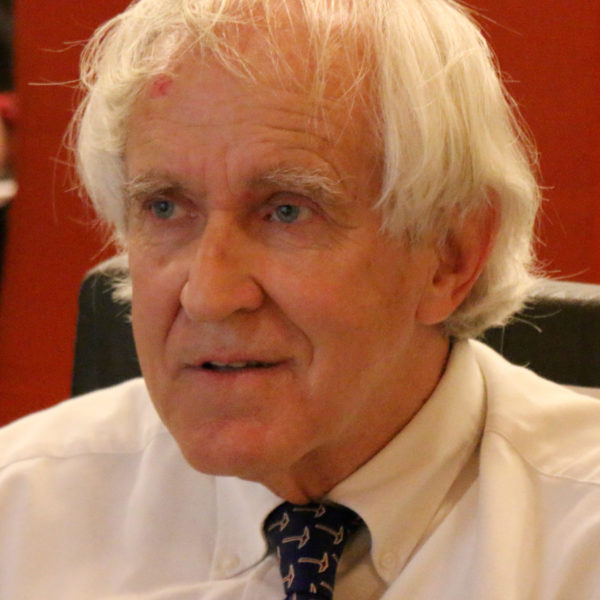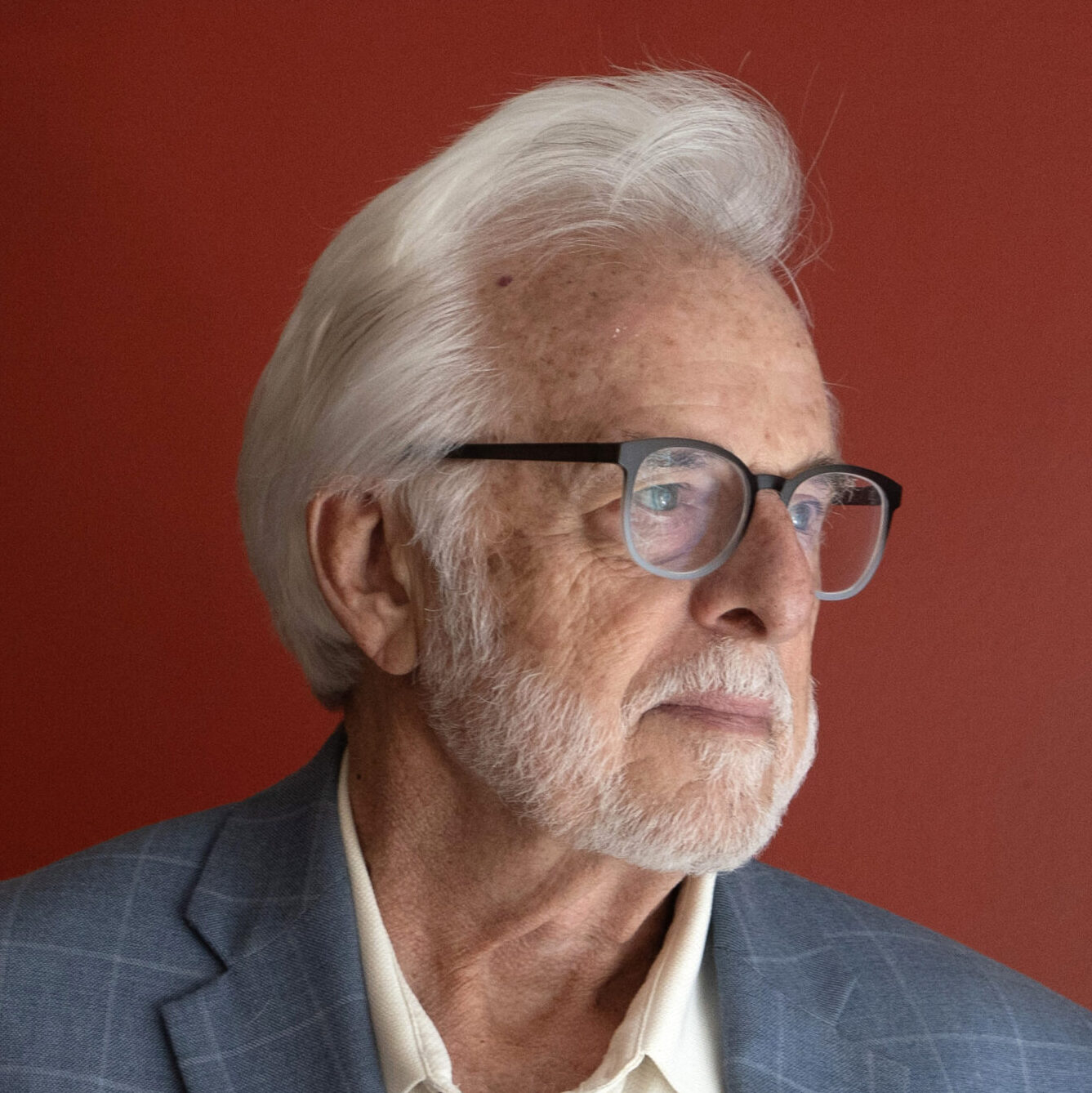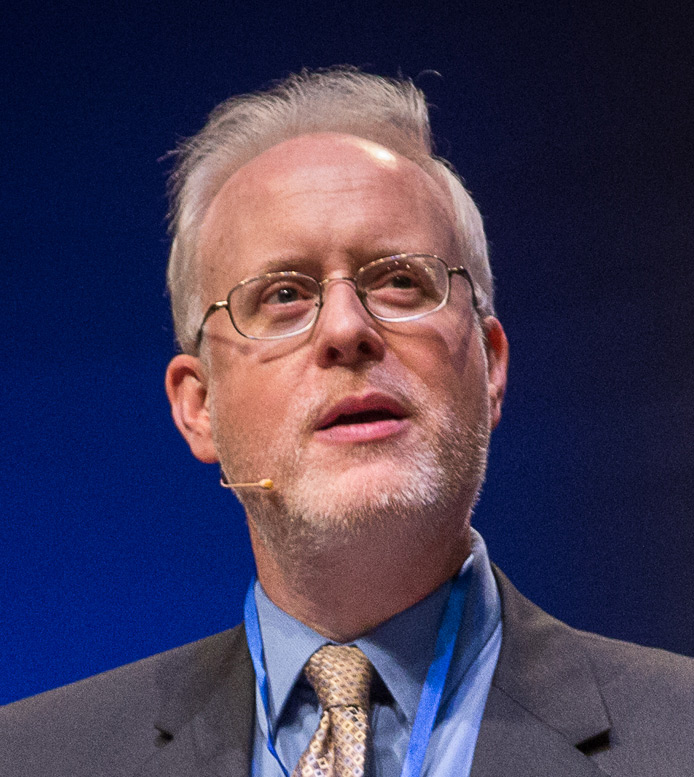In my last post on the science of purpose (“Emergence and Irreducible Complexity: A Unified Theory”), I pointed out that structure-function relationships, or SFRs, which lie at the very foundation of modern science, including biology, form the basis for describing “how things work,” from windmills to rockets to cats’ claws to enzymes. What’s missing is not the mechanics of structure-function relationships, which are rigorously understood, but the genesis of SFRs in organisms.
The genesis of structure-function relationships in human artifacts is as well understood as are their mechanics. Engineers design structures suitable to perform the desired function. That “design” is what Aristotle called telos, or final causality, i.e., the final result or purpose for which the artifact was built.
An Age-Old Question
But when it comes to organisms, we face the age-old question: what was the origin, or the originator, that designed the innumerable structure-function relationships that abound in biota?
For Aristotle, perhaps the world’s first biologist, the answer also was telos, that is, some immanent property of nature that is the agency of design, or final causality. And it is crucial at this juncture to note that Aristotle also insisted that telos be a type of causality distinct from SFRs themselves. You see, in his metaphysics, structure-function relationships are completely contained within what he defined as formal causality, that is, the “form or structure” needed to allow function. In this sense, formal causality is defined as a structure’s “organizing principle.”
From the form of cups to spoons to chairs to axes, etc., etc., the form/structure enables the function. But formal causality, according to Aristotle, was not the same as telos. The organizing principle was the fact, not the idea or invention of the fact. The idea was separate. The idea, the intention to cause the form, wastelos. Accordingly, to Aristotle, the very idea that form could arise randomly, i.e., without intention or telos, was completely unimaginable. Little could he know that two millennia later, modern science would embrace such an inconceivable concept.
The Reality of Specified Irreducible Complexity
Thus, it seems clear that Aristotle anticipated the reality of specified irreducible complexity (SIC) embedded in the structure-function relationships of formal causality, which is why he found it necessary to invoke the reality of telos. While structure-function relationships plainly existed as manifestations of formal causality, by themselves they offered no explanation of their genesis, such that telos or final causality was ultimately required.
Of course, Aristotle lived centuries before the coming of Christ, so that he had no direct means of apprehending the Abrahamic worldview that includes the existence of a supreme intelligent designer as the source of telos.
That task was left to Christianity’s greatest theologian, St. Thomas Aquinas, who appropriated Aristotle’s metaphysics into the Summa, whereby specified irreducible complexity is readily explained by the true existence of telos, identifying the Judeo-Christian God as the supreme designer, with telos as the immanent agency of design.
Human Artifact Development
Returning to the concept of human engineering, it is necessary to realize explicitly the role of final causality in human artifact development. Tools, machines, conveyances, dwellings, and even artwork are all designed for a purpose, the desired end, or final result. But because the purpose of objects is usually self-evident, we frequently fail to consider the designer’s process, taking instead the usefulness of the object, the formal cause, as the point of interest. To be sure, function is important, but we often don’t realize that function itself depends entirely on telos. Why?
Because function has no independent meaning outside of purpose, which is utterly context dependent. That is, crafting some “functioning mechanism” does not result in purpose, until it “benefits a creature.”
For example, a bow is useless without an arrow, a nail is useless without a hammer, and a nail/hammer combination is useless without lumbered wood, and all three still perform no purpose simply by our nailing planks of wood together. When lumber, hammer, and nail are combined with the work of a carpenter to build a bench or hut or cabinet according to a preconceived design, it is then that structure results in purposeful function.
Now, the crucial point here is that the origin of design in human artifacts is clearly human intention. But the ultimate ontological question in biology is and has always been, What is the originating source of design in organisms?
The scientific world made a 180-degree turn in the 20th century on this question. The epochal belief in God as the Supreme Designer was discarded in favor of neo-Darwinism by virtue of the randomness-selection hypothesis (RSH). Adherence to this worldview reached its zenith between 1960 and 2000, with the elucidation of the structure of DNA and Monod’s theory of the operon: “LaPlace was right: life itself was reducible to mechanics and straightforward SFRs.”
All seemed cohesive with Crick, Monod, Mayr, Dobzhansky, and E. O. Wilson’s reigning paradigm until, as mentioned previously, the challenge posed by the specified irreducible complexity of organisms was revealed to be so vast as to be insurmountable. The breakthrough work of Michael Behe and William Dembski displayed in stark relief the impossibility of Darwin’s randomness-selection hypothesis. So much so, in fact, that even atheist astrophysicists such as Stephen Hawking, Leonard Susskind, Sir Martin Rees, et al., came to full agreement in rejecting the reigning paradigm, only to invoke the fantasy of “multiple universes” to overcome Dembski’s otherwise irrefutable stochastic barrier. But in the past several decades, many accomplished mainstream biologists have also joined with their astrophysicist colleagues and recently conceded that neo-Darwinism is implausible.
A radically different view of evolution has been emerging in this century. We now know that living systems actively shape their own evolution. The distinguished geneticist James Shapiro shows us that the so-called ‘selfish gene’ (and the so-called modern synthesis) is quite wrong.
Evolution on Purpose (Cambridge: MIT Press), p. 24
Leaving aside the nonsense of the multiverse or modern systems theory, we are left, as I said, with the other alternative explanation: design emanating from the mind of the God of Abraham.
The Fateful Point of Departure
So we return now to the fateful point of departure where Descartes led the thought process of the Western world astray, down his erroneous path, via the concept of duality itself. It is crucial to recognize that the project of Descartes, later supported by Francis Bacon and Isaac Newton, did just that, as they completely overturned the scholasticism of Aquinas.
To be sure, the history of premodern philosophy reads as several centuries of failed attempts to reconcile Descartes’s famous yet mistaken proclamation. “Cogito ergo sum.” Alas, he failed to recognize that it is existence that precedes thought, rather than the reverse. This misdirection created an impossible task for his acolytes to overcome, no less than the proverbial dilemma of the square peg and round hole. For once Descartes divided existence into res cogitans and res extensa, the fateful departure in Western philosophy was set, such that even Immanuel Kant and Ludwig Wittgenstein were at pains to reconcile it.
The error of Desartes’s ontology has persisted to this day, supported as it was by the huge success of Isaac Newton’s mechanics. And the consequences of Descartes’s mistaken duality eventually led centuries later to scientific atheism, aka scientism, by erroneously sanctioning the structure-function relationships as the bedrock of all science.
The publication of Newton’s Principia…was the watershed event of modern science… its influence has radiated out in many directions over the years…In such a way that Natural Law becomes an embodiment of mechanics…the Principia ultimately mandated the most profound changes in the concept of Natural Law by imposing restrictions and limitations upon it, which are seen as an inherent integral part of science itself.
Robert Rosen, Life itself (New York: Columbia University Press), pp. 89-90
Now that that fundamental mistake has been identified, the task before us is to refute that error, leaving a clear ontological path in support of the millennial God Hypothesis. The next obligatory step in this process is to redirect the trajectory of science to its proper orientation, as described by Thomistic Aristotelianism.
In doing so we can realize a deeper understanding of God’s creation, and better elucidate how purpose in fact originated. Otherwise, lingering doubts may yet arise from a confusion regarding these complex issues. It is therefore incumbent upon us to build upon the science and theory of the past several decades, thus solidifying in 21st century terms what Aquinas so unerringly described some 800 years ago. We can do so most effectively by resolving the remaining dilemmas whose misconceptions led to the rise of scientism. Most particularly, by resolving the true nature of structure-function relationships and providing a unified theory of specified irreducible complexity and emergence. It is there we will go in my next essay in this series.

